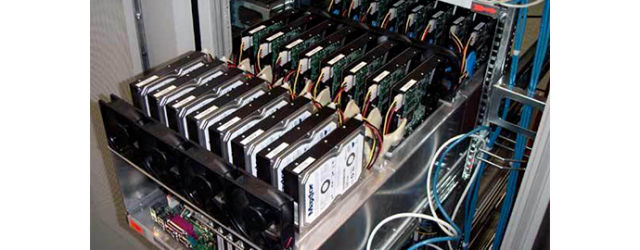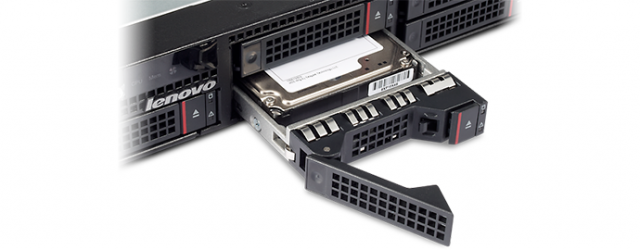Have you heard of RAID but don't know what it means? Here's what it is and how it works.

RAID is a system first made in 1988. The acronym means Redundant Array of Independent Disks, and it is a technology that allows you to save the same information on multiple hard drives. In practice, the information is redundant and is copied to multiple disks to ensure greater security. There is also greater security in data recovery.
There are several types of RAID that allow you to have various features and advantages. Here are some of the most commonly used configurations.
RAID 0 - This is a particularly advantageous configuration if desired much higher performance in reading and writing of data. In fact, every single information saved on the RAID is divided into equal parts and written on both hard disks. So you can read and write simultaneously on multiple discs, significantly increasing the speed.
However, in this configuration there is no data redundancy, this means that if you damage a hard disk you will lose the files without the possibility of being able to them recover from other disks. In fact, the file is divided and written on the disks, so when a hard disk is broken, a part of the file is lost, compromising the information. It is a useful solution when you need speed and are not interested in redundancy.
RAID 1 - This type is used when you prefer the redundancy and file security instead of speed. In fact the files are written on a hard disk and are copied in full without being divided on other secondary hard disks. If a disk fails, the document can be safely recovered to another hard disk, as it contains an exact copy of the damaged hard disk.
This configuration is also widely used in the company, where you want to obtain the greatest possible security on your data to avoid the loss of information. Surely this RAID 1 can deliver high security, thanks to file redundancy, at the expense of performance.
RAID 5 - Unlike the previous configurations, in this version we also want to obtain a correct saving of the files avoiding errors. There is a system of fault tolerance, thanks to a parity system, that is a parameter that can be used to reconstruct the damaged information.

The main advantage is the speed and the possibility of being able to recover files using the equality. It is a type of RAID also used in the company.
There are also other types of RAID systems, but the main ones are those listed in this article. Each configuration has its own characteristics, and it is important to understand what your priorities are before using it.
Obviously these systems consist of hard drives or SSDs. In both cases, data loss can occur due to various causes. It is always better to make a backup of the data in order not to incur in the loss of information.
What is RAID: conclusions
As we have seen, this technology is available in different types. If you have suffered data loss or your RAID system has symptoms of malfunction, it is always better to consult professionals to avoid aggravating the situation. You can contact us to recover files from RAID.


























